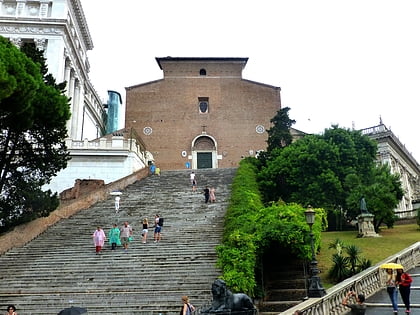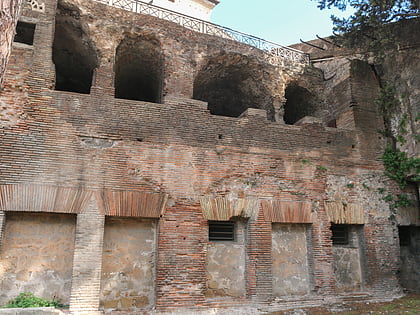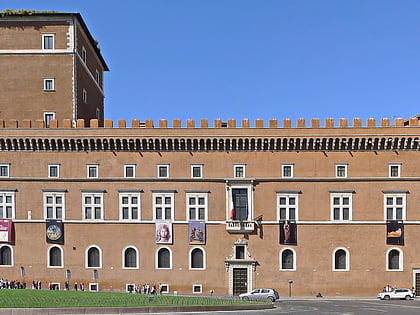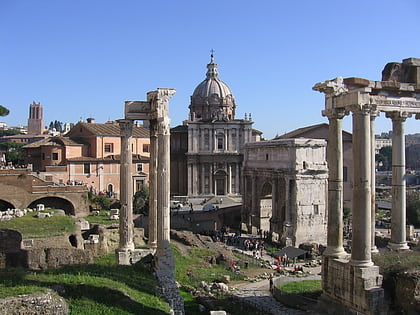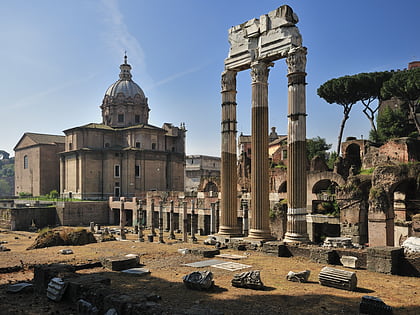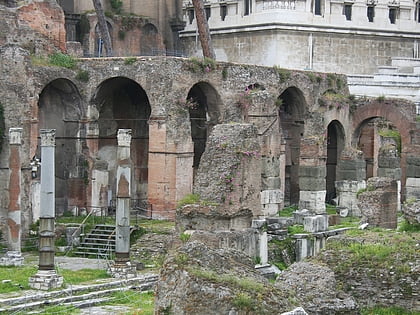Cloaca Maxima, Rome
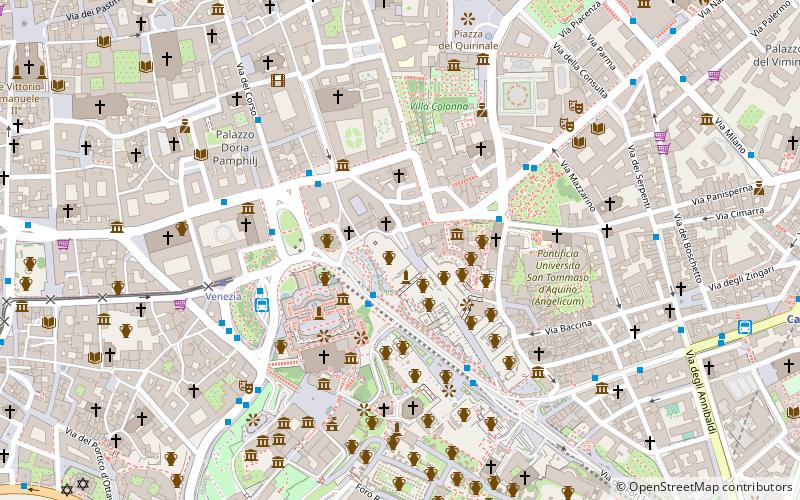
Facts and practical information
The Cloaca Maxima was one of the world's earliest sewage systems. Its name derives from Cloacina, a Roman goddess. Built during either the Roman Kingdom or early Roman Republic, it was constructed in Ancient Rome in order to drain local marshes and remove waste from the city. It carried effluent to the River Tiber, which ran beside the city. The sewer started at the Forum Augustum and ended at the Ponte Rotto and Ponte Palatino. It began as an open air canal, but it developed into a much larger sewer over the course of time. Agrippa renovated and reconstructed much of the sewer. This would not be the only development in the sewers. By the first century CE all eleven Roman aqueducts were connected to the sewer. After the Roman Empire fell the sewer still was used. By the 1800s it became a tourist attraction. Some parts of the sewer are still used today. Whilst still being used it was highly valued as a sacred symbol of Roman culture, and Roman engineering. ()
MontiRome
Cloaca Maxima – popular in the area (distance from the attraction)
Nearby attractions include: Altare della Patria, Mamertine Prison, Trajan's Column, Trajan's Market.
Frequently Asked Questions (FAQ)
Which popular attractions are close to Cloaca Maxima?
How to get to Cloaca Maxima by public transport?
Bus
- Fori Imperiali/Campidoglio • Lines: 118, 51, 85, 87 (2 min walk)
- Magnanapoli • Lines: 117 (3 min walk)
Tram
- Venezia • Lines: 8 (6 min walk)
- Arenula/Min. G. Giustizia • Lines: 8 (15 min walk)
Metro
- Cavour • Lines: B (12 min walk)
- Colosseo • Lines: B (12 min walk)
Ferry
- Isola Tiberina • Lines: Battelli di Roma (16 min walk)
- Ponte Cavour (21 min walk)
Trolleybus
- XX Settembre/Min. Finanze • Lines: 90 (24 min walk)
- Volturno/Cernaia • Lines: 90 (25 min walk)
Train
- Roma Termini (25 min walk)
Light rail
- Roma Termini • Lines: Fl6, Fl7 (25 min walk)
- Termini Laziali • Lines: Fc1 (29 min walk)
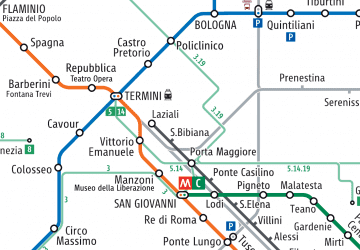 Metro / Tram / Rail
Metro / Tram / Rail




